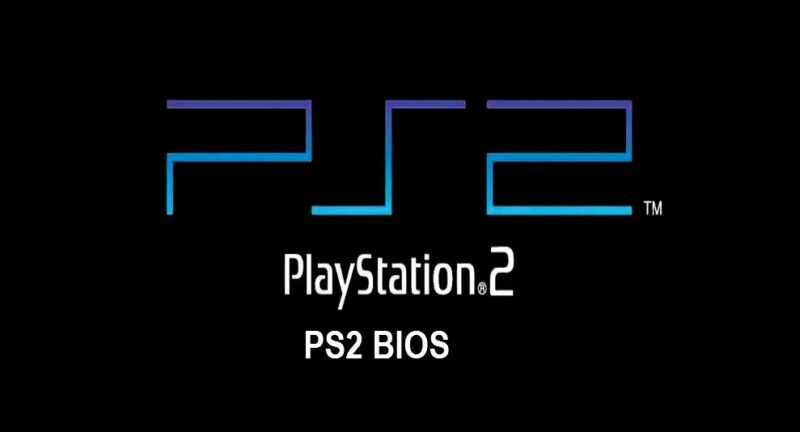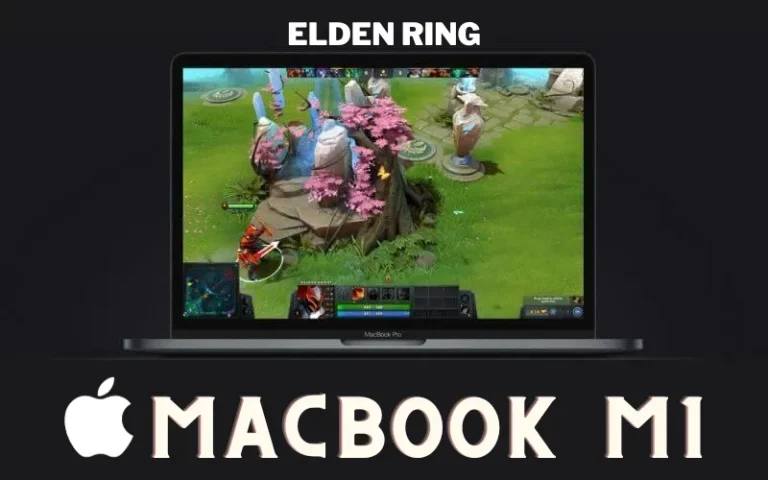PS2 BIOS: What It Is, How It Works, and Setting It Up for Emulators
The PlayStation 2 remains one of the most iconic gaming consoles ever made, with a vast library of unforgettable titles. If you’re a fan of retro gaming, you’ve probably heard of emulators like PCSX2 for PC and AetherSX2 for Android. These powerful tools let you relive your favorite PS2 games, but there’s one essential component they require: the PS2 BIOS. In this guide, we’ll dive into what a PS2 BIOS is, why it’s important, and how to set it up legally and effectively.
What Is a PS2 BIOS?
The PS2 BIOS (Basic Input/Output System) is the firmware embedded in the PlayStation 2 console. It acts as the system’s operating system, responsible for:
- Initializing the hardware when the console is powered on.
- Authenticating and loading game discs.
- Managing memory cards, controllers, and other peripherals.
For emulators, the BIOS is essential because it recreates the PlayStation 2’s environment, enabling games to run as they would on the original hardware. Without it, emulators like PCSX2 and AetherSX2 cannot function.

Why Do You Need a PS2 BIOS for Emulation?
Emulators are designed to mimic the functionality of the PlayStation 2. However, due to legal and technical reasons, they cannot include a PS2 BIOS. Instead, users must provide their own BIOS, which serves several purposes:
- Authenticity: The BIOS ensures games behave as they would on a real PS2 console.
- Compatibility: Some games require specific BIOS versions or regions (e.g., NTSC-U, PAL, NTSC-J) to run properly.
How to Legally Obtain a PS2 BIOS
Obtaining a PS2 BIOS legally is crucial to comply with copyright laws. You cannot download BIOS files from the internet without violating these laws. Here’s how to dump the BIOS from your own PlayStation 2 console:
What You Need:
- A PlayStation 2 console.
- A USB drive with sufficient storage.
- A BIOS dumping tool (e.g., BIOS Dumper or other homebrew software).
Steps to Dump Your PS2 BIOS:
- Download and prepare a BIOS dumping tool onto your USB drive.
- Insert the USB drive into your PS2 and run the dumping tool.
- Follow the on-screen instructions to extract the BIOS.
- Transfer the dumped BIOS file to your computer or Android device for use with your emulator.
By following these steps, you ensure that you’re using your own legally obtained BIOS.
Setting Up the PS2 BIOS in Emulators
For PCSX2 (Windows, macOS, Linux):
- Download and Install PCSX2: Visit the official PCSX2 website and download the latest version.
- Open PCSX2: During the first-time setup wizard, you’ll be prompted to configure your BIOS.
- Locate Your BIOS File: Navigate to the folder where you’ve stored your dumped BIOS.
- Select Your Region: Choose the BIOS version that matches your game’s region (e.g., NTSC, PAL).
- Finish Configuration: Complete the setup and start playing your favorite games.
For AetherSX2 (Android):
- Download and Install AetherSX2: Get the app from the Google Play Store or the official website.
- Launch the Emulator: Upon first use, you’ll be asked to load a BIOS file.
- Add Your BIOS: Use the file browser to locate and import your dumped BIOS.
- Configure Settings: Adjust performance settings for optimal gameplay.
- Load Games: Start playing your PS2 titles on your Android device.
No, downloading a PS2 BIOS from the internet is illegal. You must dump the BIOS from your own PlayStation 2 console.
Yes, but the BIOS version should match the region of the games you want to play (e.g., NTSC-U for North America, PAL for Europe).
PS2 BIOS files are typically in .bin, .rom, or .iso formats.
No, emulators like PCSX2 and AetherSX2 require a BIOS to function.
Yes, a legally obtained PS2 BIOS can be used for both PCSX2 and AetherSX2.



